Unmasking Deepfakes: Effective Strategies to Detect and Combat Fake Videos
In an era where synthetic media can be created with astonishing ease, deepfake videos pose a significant threat to public trust, political stability, and individual reputations. Leveraging advances in artificial intelligence, these manipulated clips can convincingly mimic real people, often with malicious intent. This article explores a high profile case study, explains how deepfakes are generated, outlines detection and response techniques. By understanding the methods behind deepfakes and adopting proactive defenses, individuals, journalists, and organizations can stay one step ahead of manipulators and safeguard the integrity of digital information.
Part 1. Case Study: The Fake Video of Ukraine's President
In March 2022, a deepfake video featuring Ukrainian President Volodymyr Zelensky appeared on several social media platforms, falsely showing him urging Ukrainian troops to surrender to Russian forces. Although fact checkers and government outlets quickly debunked the clip, it circulated long enough to sow confusion among civilians and undermine morale on the front lines.
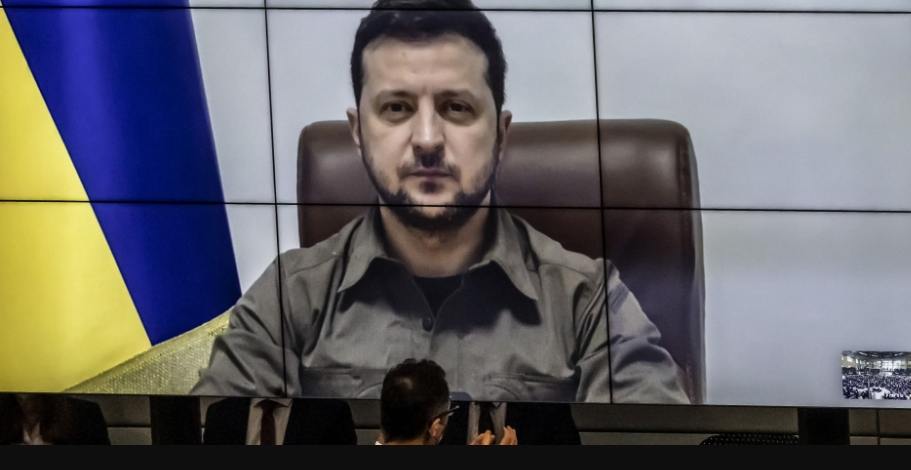
The episode underscored a harsh reality: as deepfake technology becomes more accessible, malicious actors can weaponize synthetic media to disrupt public trust, interfere with democratic processes, and inflict reputational damage. This incident is part of a growing global pattern where fabricated videos threaten national security, illustrating why robust detection and countermeasures are essential in today's digital landscape.
Part 2. What Are Deepfake Videos and How Are They Created?
Deepfakes use artificial intelligence, particularly deep learning and generative adversarial networks (GANs), to synthesize realistic but fake images, audio, and video. These manipulated videos can convincingly impersonate public figures, making them appear to say or do things they never did.
Key Differences Between Deepfakes and Authentic Videos
Despite their sophistication, deepfakes often reveal telltale signs. Here are several key indicators that can help differentiate a fake from a real video:
- Unnatural Facial Expressions: Deepfakes may exhibit robotic or stiff expressions, especially around the eyes and mouth.
- Inconsistent Lighting: Lighting may not match the scene's direction or intensity, causing unrealistic shadows.
- Blurry or Flickering Edges: Artifacts often appear around the face, neck, or hairline, particularly during rapid movement.
- Lack of Eye Movement or Blinking: Many early deepfakes failed to simulate natural eye behavior, though modern versions are improving.
- Audio Visual Mismatch: Sometimes the voice does not sync properly with lip movements, or the accent sounds unnatural.
These flaws, though subtle, are critical for manual and automated detection methods.
Part 3. How to Detect and Respond to Deepfake Videos?
By integrating AI-driven detection tools, enforcing regulations against malicious content, and educating the public on media literacy, stakeholders can significantly reduce the impact of deepfakes. The following sections outline key strategies for identifying synthetic content and responding effectively when a suspicious video emerges.
1. Technological Approaches to Deepfake Detection
Modern AI-powered tools are being developed to detect synthetic media with increasing accuracy. Key techniques include:
- Facial Landmark Analysis: Tracks eye, mouth, and facial feature movement for inconsistencies.
- Frame by Frame Forensic Analysis: Examines pixel-level anomalies like color mismatches or ghosting.
- Blockchain Based Verification: Tools like Content Credentials by Adobe verify the origin and edits of multimedia files.
- Deep Learning Detection Models: AI models trained on datasets of deepfakes can flag manipulated content within seconds.
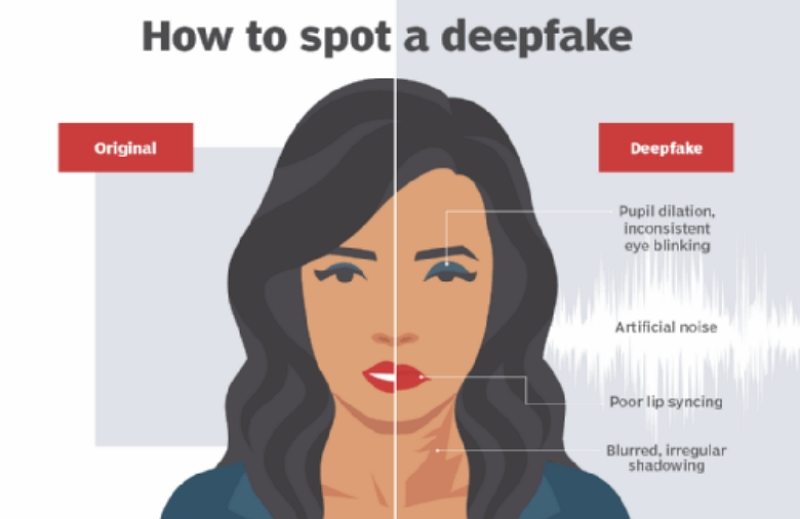
These tools are essential for journalists, law enforcement, and digital platforms to flag suspicious content before it spreads. By combining multiple detection layers, such as analyzing metadata, verifying source authenticity, and running neural network classifiers, organizations can build robust defenses that adapt as deceivers refine their methods.
2. Legal and Regulatory Measures to Counter Deepfakes
While technology plays a vital role, legal frameworks are equally important. Governments and tech companies are stepping up to combat synthetic misinformation:
- Legislation: Countries like the U.S., China, and the EU have introduced laws penalizing malicious deepfake creation and distribution.
- Platform Policies: Social media platforms like Facebook, YouTube, and TikTok are enforcing stricter content moderation policies, using automated detection tools and user reporting.
- Public Education: Media literacy campaigns aim to help users recognize and question suspicious content.
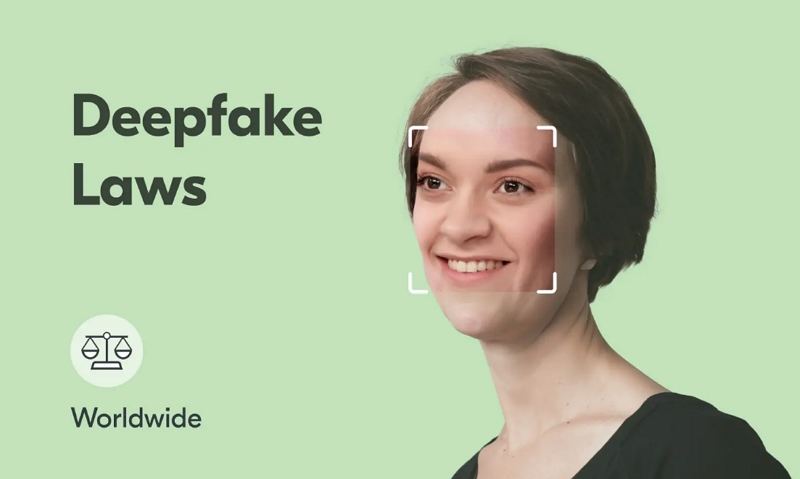
A combined approach of regulation, platform responsibility, and public awareness is essential to minimize the harm of deepfakes. By codifying penalties for deceptive content and incentivizing transparent media practices, legal measures can deter malicious actors. Concurrently, empowering users to critically evaluate video sources reduces the viral potential of fabricated clips.
Part 4. Enhancing Video Clarity to Spot Deepfakes: Try HitPaw VikPea
Often, low resolution footage or poor lighting conceals the subtle artifacts that reveal a deepfake. For investigators, journalists, and concerned citizens alike, having a reliable video enhancement tool can make the difference between being deceived and exposing a forgery. HitPaw VikPea is an AI-powered video enhancer designed to upgrade low quality clips to high definition clarity, making it easier to identify unnatural facial movements, inconsistent shadows, and pixel-level anomalies.
By leveraging advanced super resolution and noise reduction algorithms, VikPea sharpens blurry frames and boosts lighting accuracy, allowing you to uncover hidden flaws that deepfake creators try to conceal.
- AI-driven resolution upscaling to reveal hidden facial artifacts in low-quality videos.
- Noise reduction algorithms to clarify grainy footage and identify subtle inconsistencies.
- Framerate enhancement converts choppy clips into smooth, high definition sequences.
- Intelligent lighting correction balances shadows and highlights for realistic detail.
- Automatic face model sharpening to improve facial recognition and expression analysis.
- Batch processing capability handles multiple videos for efficient deepfake screening.
Step 1:Import your video by clicking on "Choose file." The drag and drop method also works for importing video to the software menu.

Step 2:Select the AI model based on your needs. This software offers multiple AI models. A general model is perfect for videos featuring real scenes. The animation model works best for old animated videos, while the face model is appropriate for upscaling blurry portrait videos.

Step 3:You can preview the video before finalizing it. Click on "Preview" to see your enhanced footage. If satisfied, press the "Export" option to save your video.

Conclusion
Deepfake videos threaten truth and trust by seamlessly blending real and fabricated elements. By understanding how they're made and learning to spot inconsistencies, such as lighting errors or unnatural expressions, individuals and organizations can better guard against manipulation. Combining AI-driven detection tools, legal safeguards, and media literacy initiatives creates a strong defense. For deeper analysis, video enhancement software like HitPaw VikPea helps expose hidden artifacts, making it an indispensable ally in the fight against synthetic misinformation.










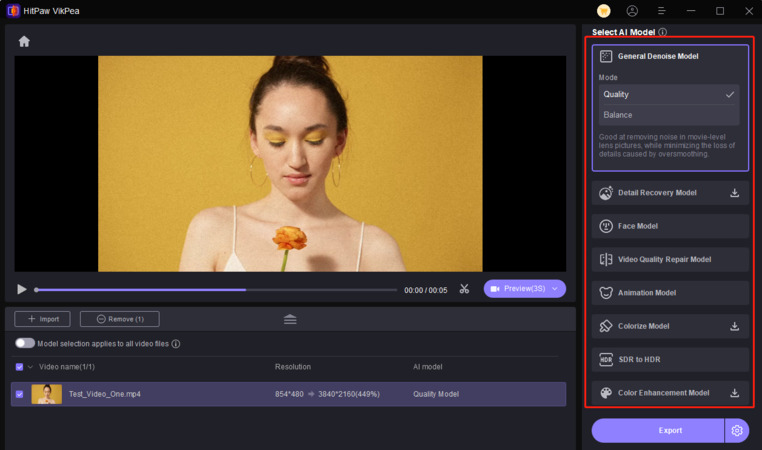
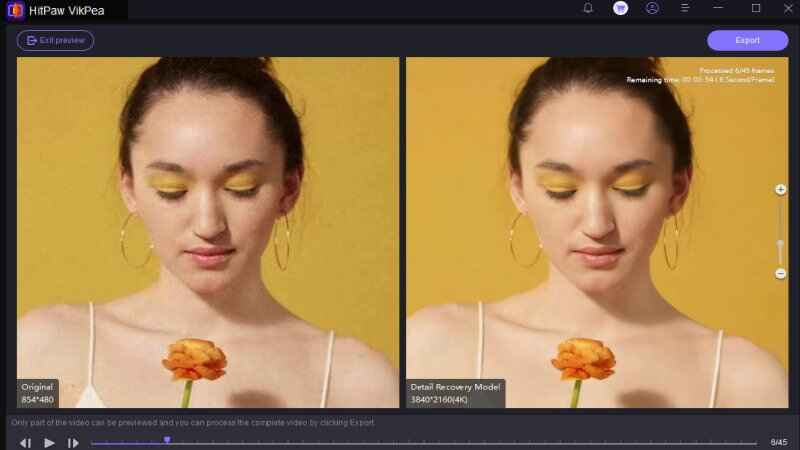

 HitPaw Univd (Video Converter)
HitPaw Univd (Video Converter) HitPaw VoicePea
HitPaw VoicePea 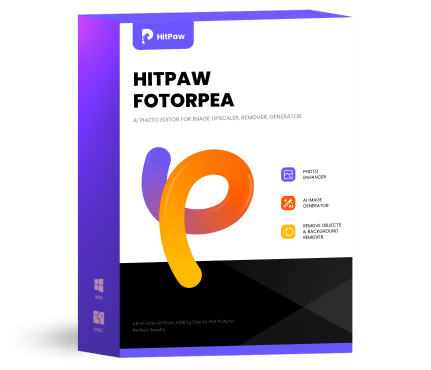 HitPaw FotorPea
HitPaw FotorPea



Share this article:
Select the product rating:
Daniel Walker
Editor-in-Chief
This post was written by Editor Daniel Walker whose passion lies in bridging the gap between cutting-edge technology and everyday creativity. The content he created inspires the audience to embrace digital tools confidently.
View all ArticlesLeave a Comment
Create your review for HitPaw articles